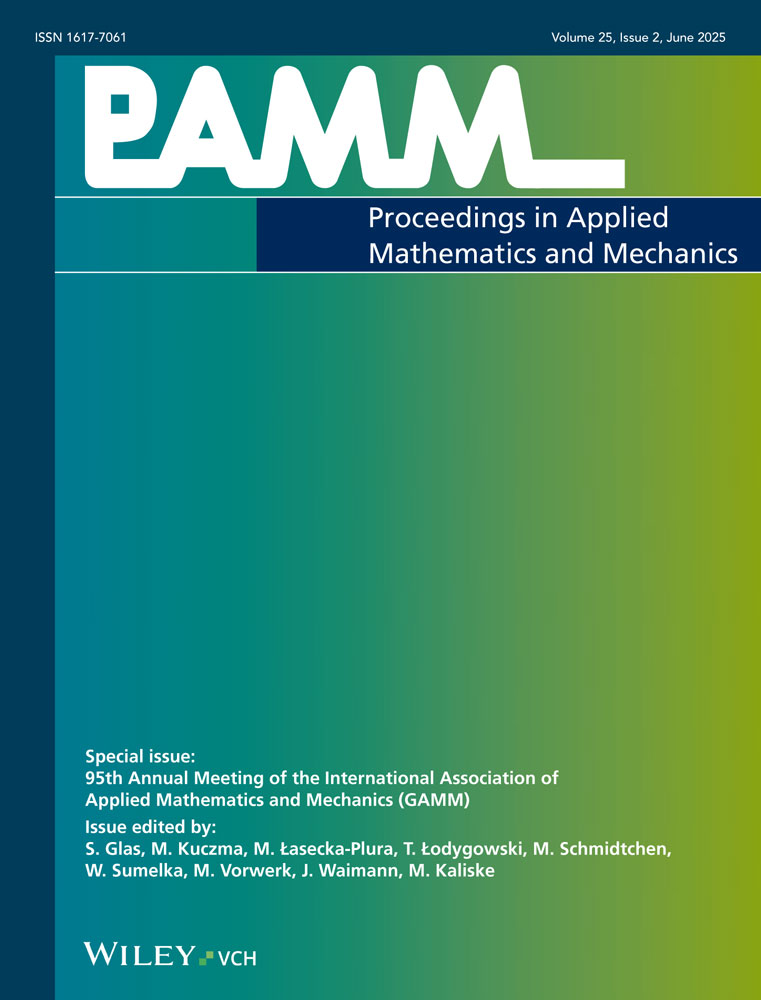Numerical Modeling Aspects of Dielectric Elastomer Actuators
Abstract
In modern actuator technology dielectric elastomers are considered as new materials to realize smart actuators which are known as dielectric elastomer actuators (DEAs). In comparison to piezoceramics actuators, DEAs offer the possibility to achieve large deformations with low actuation forces. This property motivates the implementation as artificial muscles since the deformation-force behavior is similar. Other application fields are pumps, deformable surfaces in aerospace, robotics and haptic feedback.
The present work introduces the fundamental concepts to describe the electromechanical coupling in the concept of continuum mechanics for finite deformations.
As a benchmark a 3D sandwich actuator setup is taken into account to analyze the mechanical compression stability of the elastomer structure, see [1, 2]. This structure is also considered to study the influence of inhomogeneities in the deformation behavior. For this purpose piezoceramic and air inclusions are considered in the finite element mesh.
As a last numerical example an elastomer tube with three pairs of electrodes is simulated numerically to motivate the use of dielectric elastomers as peristaltic pumps. (© 2012 Wiley-VCH Verlag GmbH & Co. KGaA, Weinheim)




